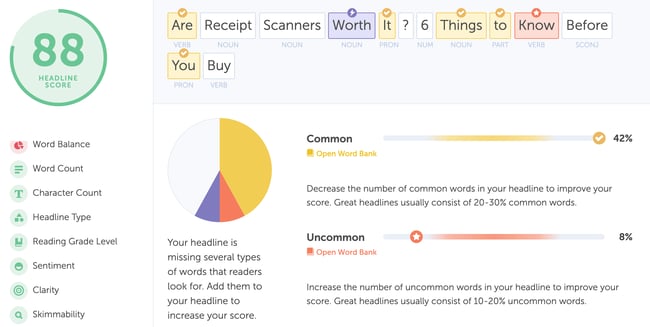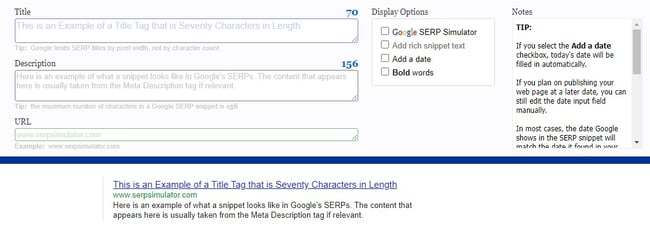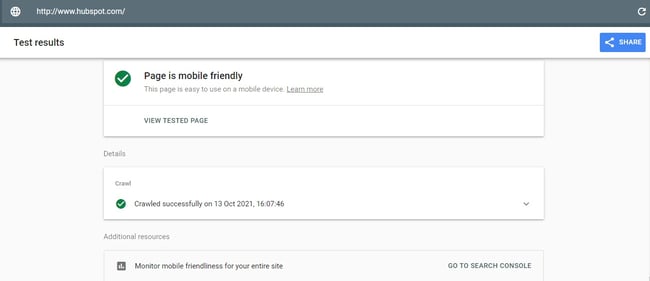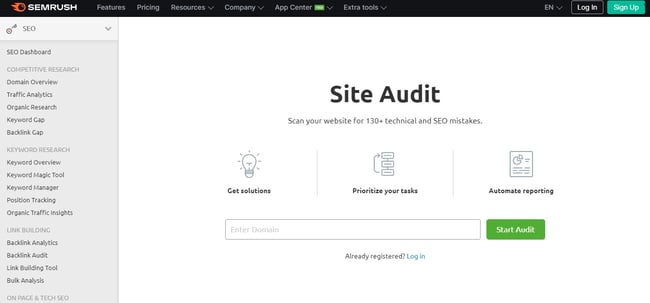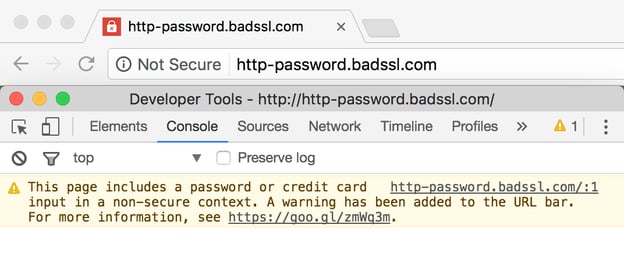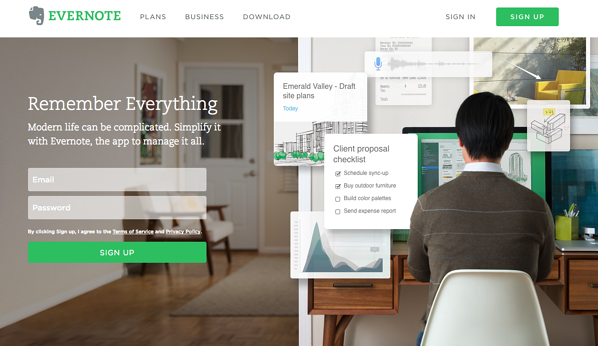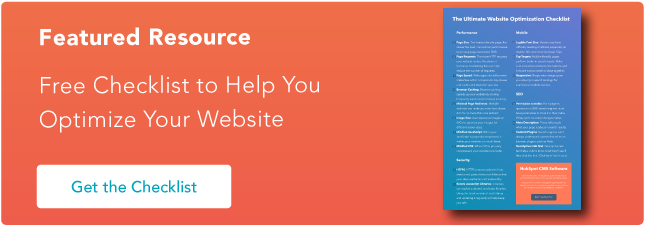If you feel like the app TikTok came out of nowhere, you're not wrong.
Since launching in early 2018, TikTok's been covered by seemingly every major news publication and racked up millions of downloads globally.
Despite TikTok's major early success, the app still feels like a bit of a mystery, especially to marketers. In fact, until recently, its parent company, ByteDance, hasn't disclosed many metrics at all.
In TikTok's first year, all we really knew was that an odd-ball video app was going viral, topping global app store charts, and gaining a huge fanbase from Gen-Z.
But now, shortly after TikTok's first birthday, we know a lot more about it as sites like Digiday, AdWeek, and our own Marketing Blog regularly cover it.
Even if you still aren't quite sure what TikTok is, you've probably seen a video meme on social media that was created and published in the app first. Here's one for example of a TikTok post which went viral on Twitter:
Now THIS is a tiktok I could watch all day pic.twitter.com/u1dBkH2OAa
— 🌸 Alexandra Daniels 🌸 (@alexdanielsxo) July 11, 2019
When making decisions about your social strategy, you're probably more interested in numbers than virality as proof of an app's staying power.
As someone who's gotten sucked into the app, blogged multiple times about it, hearted hundreds of posts, and even made a few embarrassingly mature videos of my own, I'm fairly certain that this platform will stick around for quite some time. But, luckily, with mounting data on TikTok, you don't just have to take my word for it.
To help you make informed decisions about your strategy and whether TikTok is right for your brand, I've compiled a list of 28 interesting stats and facts to know before venturing on to the app.
29 TikTok Stats to Know in 2021
Userbase, Downloads, and Growth
Within TikTok's first year, it reportedly reached 500 million monthly active users. Wondering if this was just a fluke or a viral trend that will simmer down? Think again. According to TikTok and its company heads, the audience might be larger and more promising than we think.
- In September 2021, TikTok celebrated reaching 1 billion monthly active users. (TikTok)
- Musical.ly, a lip-syncing app which ByteDance purchased and merged with TikTok, reportedly had 100 million monthly active users when it was purchased by TikTok in 2018. (The Verge)
- Douyin, TikTok's original standalone app in China, had 300 million users at the time Musical.ly merged with TikTok. (The Verge)
- In 2020, TikTok was the most downloaded app globally (850 million downloads), followed by WhatsApp, Facebook, and Instagram. (Apptopia)
- TikTok is the Top Free App in the Entertainment section of the Apple App Store. (Apple App Store)
Demographics
While TikTok's user base is dominated by Gen-Z in the United States, many millennials have adopted it around the world.
And, although it might feel like TikTok is huge in the U.S., the app's biggest audience actually comes from China, where the platform is called Douyin.
Here's a breakdown of TikTok's major demographic stats.
- 35% of TikTok's global audience is between the ages of 19 and 29, and 28% is under 18. (Business of Apps)
- As of December 2020, TikTok has 69.5 million monthly active users in the United States. (Statista)
- As of April 2021, 48% of U.S. adults between 18-29 use TikTok, compared to 20% of adults between 30-49 and 14% among 50-64 year olds. (Pew Research Center)
- One-quarter of Americans between 12 and 34 have used TikTok compared to 3% of adults aged 35+. (MarketingCharts)
- 51% of global TikTok users are male and 49% are female. (Hootsuite)
- TikTok is now available in more than 200 countries. (Oberlo)
- Over 22.2 million of TikTok's monthly active users are in Indonesia. (Statista)
User Behavior
TikTok is a fast-paced app. The second you log in, you see a video at the top of a feed that's algorithmically curated around your interests. If you enjoy the video you're watching, you can follow, comment, and like the content directly from the video post. If you're not loving what you see, you can keep swiping in an upward motion to immediately see more odd videos.
From my own experience, I've found that TikTok can easily cause you to spend more time than expected watching an endless stream of often comedic videos. Since these videos are usually between 15 seconds and one minute, it makes the app ideal for people who need quick entertainment on their morning commute or when they're bored at home.
Because of TikTok's quick pace and entertainment factor, the stats below aren't that surprising:
- The average user spends 89 minutes per day on the app, according to a leaked deck from TikTok. (Music Business Worldwide)
- As of September 2021, there are 14.43 million daily active users using the TikTok Android App and the average user spends 12.3 hours per month using it. (Statista, HootSuite)
- TikTok is one of the most downloaded apps in the Google Play Store. (Statista)
- Younger users aged 4-15 spend an average of 80 minutes per day on the app. (Qustodio)
- According to a leaked TikTok deck, the average user opens the app 19 times per day. (Music Business Worldwide)
- There are 30.8 million global DAU on the TikTok iOS app as of September 2021. (Statista)
- TikTok users on Android now spend more time watching content on the app than they do on YouTube. (App Annie)
Viral Trends and Influencers on TikTok
Like YouTube, Vine, Instagram, as well as other past and present video apps, TikTok has opened doors for influencers, comedians, meme creators, and even some brands. While it's still a bit too early to see how successful its influencers and trends will be in the long run, here are a few interesting tidbits:
- The most followed creator on TikTok is dancer Charli D’amelio with 123.5 million followers. Following close behind is Khabane Lame with 115 million. (Wikipedia)
- One of the earliest branded hashtag challenges was Guess' #InMyDenim challenge. According to TikTok, videos marked with this hashtag have received a grand total of 38.8 million views. (TikTok)
- Rapper Lil Nas X credits the success of his song "Old Town Road" to TikTok. The song was propelled to #1 on the Billboard Top 100 in 2019 after the artist uploaded it to TikTok. (BuzzFeed News)
Here's a compilation of TikTok's #CowboyChallenge where people wearing normal clothing cut to themselves in cowboy costumes to the song "Old Town Road."
Business, Revenue, and Competition
The launch of TikTok not only put its parent company, ByteDance, on the map, but it also resulted in competition from apps like Facebook, which launched a very similar app called Lasso shortly after TikTok went viral. While TikTok and ByteDance are less transparent about revenue and other major details, here's what we know:
- TikTok now offers five advertising tiers aimed at big brands. One of which, a branded hashtag challenge, reportedly costs $150,000 per day. (TikTok Pitch Deck Notes First Reported by Digiday)
- TikTok generated an estimated 1.9 billion in revenue in 2020. (Business of Apps)
- In October 2020, TikTok made $115 million on in-app purchases from users. (Sensor Tower)
- TikTok has a 4.9-star rating in the Apple App Store and 4.4 in the Google Play Store. (Apple App Store, Google Play Store)
- Bytedance, TikTok's parent company is valued at $75 million, making it the world's most valuable startup. (CBInsights)
The Mysteries of TikTok
Although TikTok is a top social platform and is ramping up its options for advertisers, it's still rather new. When a company or startup is new, it's not uncommon for leadership to hide early numbers, even when a brand is successful. In fact, we've seen this with other major companies like Snapchat and Netflix.
Despite the launch of TikTok For Business in mid 2020, there’s still a lot more to learn as TikTok’s global teams and ByteDance continue to remain hush-hush about major metrics. In the coming years, as TikTok continues to draw in more advertisers, it wouldn’t be surprising if we started to see more transparent information about the app and its user base.
Where to Find TikTok Stats
In the meantime, If you want to learn more about TikTok, you can read up on its short history and early success in this post, or click here to find a how-to guide for using the app. In addition, you can discover important TikTok facts app on various websites:
Want to see what other businesses are doing on TikTok? Check out this roundup of brands on TikTok.
from Marketing https://blog.hubspot.com/marketing/tiktok-stats
If you feel like the app TikTok came out of nowhere, you're not wrong.
Since launching in early 2018, TikTok's been covered by seemingly every major news publication and racked up millions of downloads globally.
Despite TikTok's major early success, the app still feels like a bit of a mystery, especially to marketers. In fact, until recently, its parent company, ByteDance, hasn't disclosed many metrics at all.
In TikTok's first year, all we really knew was that an odd-ball video app was going viral, topping global app store charts, and gaining a huge fanbase from Gen-Z.
But now, shortly after TikTok's first birthday, we know a lot more about it as sites like Digiday, AdWeek, and our own Marketing Blog regularly cover it.
Even if you still aren't quite sure what TikTok is, you've probably seen a video meme on social media that was created and published in the app first. Here's one for example of a TikTok post which went viral on Twitter:
Now THIS is a tiktok I could watch all day pic.twitter.com/u1dBkH2OAa
— 🌸 Alexandra Daniels 🌸 (@alexdanielsxo) July 11, 2019
When making decisions about your social strategy, you're probably more interested in numbers than virality as proof of an app's staying power.
As someone who's gotten sucked into the app, blogged multiple times about it, hearted hundreds of posts, and even made a few embarrassingly mature videos of my own, I'm fairly certain that this platform will stick around for quite some time. But, luckily, with mounting data on TikTok, you don't just have to take my word for it.
To help you make informed decisions about your strategy and whether TikTok is right for your brand, I've compiled a list of 28 interesting stats and facts to know before venturing on to the app.
29 TikTok Stats to Know in 2021
Userbase, Downloads, and Growth
Within TikTok's first year, it reportedly reached 500 million monthly active users. Wondering if this was just a fluke or a viral trend that will simmer down? Think again. According to TikTok and its company heads, the audience might be larger and more promising than we think.
- In September 2021, TikTok celebrated reaching 1 billion monthly active users. (TikTok)
- Musical.ly, a lip-syncing app which ByteDance purchased and merged with TikTok, reportedly had 100 million monthly active users when it was purchased by TikTok in 2018. (The Verge)
- Douyin, TikTok's original standalone app in China, had 300 million users at the time Musical.ly merged with TikTok. (The Verge)
- In 2020, TikTok was the most downloaded app globally (850 million downloads), followed by WhatsApp, Facebook, and Instagram. (Apptopia)
- TikTok is the Top Free App in the Entertainment section of the Apple App Store. (Apple App Store)
Demographics
While TikTok's user base is dominated by Gen-Z in the United States, many millennials have adopted it around the world.
And, although it might feel like TikTok is huge in the U.S., the app's biggest audience actually comes from China, where the platform is called Douyin.
Here's a breakdown of TikTok's major demographic stats.
- 35% of TikTok's global audience is between the ages of 19 and 29, and 28% is under 18. (Business of Apps)
- As of December 2020, TikTok has 69.5 million monthly active users in the United States. (Statista)
- As of April 2021, 48% of U.S. adults between 18-29 use TikTok, compared to 20% of adults between 30-49 and 14% among 50-64 year olds. (Pew Research Center)
- One-quarter of Americans between 12 and 34 have used TikTok compared to 3% of adults aged 35+. (MarketingCharts)
- 51% of global TikTok users are male and 49% are female. (Hootsuite)
- TikTok is now available in more than 200 countries. (Oberlo)
- Over 22.2 million of TikTok's monthly active users are in Indonesia. (Statista)
User Behavior
TikTok is a fast-paced app. The second you log in, you see a video at the top of a feed that's algorithmically curated around your interests. If you enjoy the video you're watching, you can follow, comment, and like the content directly from the video post. If you're not loving what you see, you can keep swiping in an upward motion to immediately see more odd videos.
From my own experience, I've found that TikTok can easily cause you to spend more time than expected watching an endless stream of often comedic videos. Since these videos are usually between 15 seconds and one minute, it makes the app ideal for people who need quick entertainment on their morning commute or when they're bored at home.
Because of TikTok's quick pace and entertainment factor, the stats below aren't that surprising:
- The average user spends 89 minutes per day on the app, according to a leaked deck from TikTok. (Music Business Worldwide)
- As of September 2021, there are 14.43 million daily active users using the TikTok Android App and the average user spends 12.3 hours per month using it. (Statista, HootSuite)
- TikTok is one of the most downloaded apps in the Google Play Store. (Statista)
- Younger users aged 4-15 spend an average of 80 minutes per day on the app. (Qustodio)
- According to a leaked TikTok deck, the average user opens the app 19 times per day. (Music Business Worldwide)
- There are 30.8 million global DAU on the TikTok iOS app as of September 2021. (Statista)
- TikTok users on Android now spend more time watching content on the app than they do on YouTube. (App Annie)
Viral Trends and Influencers on TikTok
Like YouTube, Vine, Instagram, as well as other past and present video apps, TikTok has opened doors for influencers, comedians, meme creators, and even some brands. While it's still a bit too early to see how successful its influencers and trends will be in the long run, here are a few interesting tidbits:
- The most followed creator on TikTok is dancer Charli D’amelio with 123.5 million followers. Following close behind is Khabane Lame with 115 million. (Wikipedia)
- One of the earliest branded hashtag challenges was Guess' #InMyDenim challenge. According to TikTok, videos marked with this hashtag have received a grand total of 38.8 million views. (TikTok)
- Rapper Lil Nas X credits the success of his song "Old Town Road" to TikTok. The song was propelled to #1 on the Billboard Top 100 in 2019 after the artist uploaded it to TikTok. (BuzzFeed News)
Here's a compilation of TikTok's #CowboyChallenge where people wearing normal clothing cut to themselves in cowboy costumes to the song "Old Town Road."
Business, Revenue, and Competition
The launch of TikTok not only put its parent company, ByteDance, on the map, but it also resulted in competition from apps like Facebook, which launched a very similar app called Lasso shortly after TikTok went viral. While TikTok and ByteDance are less transparent about revenue and other major details, here's what we know:
- TikTok now offers five advertising tiers aimed at big brands. One of which, a branded hashtag challenge, reportedly costs $150,000 per day. (TikTok Pitch Deck Notes First Reported by Digiday)
- TikTok generated an estimated 1.9 billion in revenue in 2020. (Business of Apps)
- In October 2020, TikTok made $115 million on in-app purchases from users. (Sensor Tower)
- TikTok has a 4.9-star rating in the Apple App Store and 4.4 in the Google Play Store. (Apple App Store, Google Play Store)
- Bytedance, TikTok's parent company is valued at $75 million, making it the world's most valuable startup. (CBInsights)
The Mysteries of TikTok
Although TikTok is a top social platform and is ramping up its options for advertisers, it's still rather new. When a company or startup is new, it's not uncommon for leadership to hide early numbers, even when a brand is successful. In fact, we've seen this with other major companies like Snapchat and Netflix.
Despite the launch of TikTok For Business in mid 2020, there’s still a lot more to learn as TikTok’s global teams and ByteDance continue to remain hush-hush about major metrics. In the coming years, as TikTok continues to draw in more advertisers, it wouldn’t be surprising if we started to see more transparent information about the app and its user base.
Where to Find TikTok Stats
In the meantime, If you want to learn more about TikTok, you can read up on its short history and early success in this post, or click here to find a how-to guide for using the app. In addition, you can discover important TikTok facts app on various websites:
Want to see what other businesses are doing on TikTok? Check out this roundup of brands on TikTok.
![Download Now: Social Media Trends in 2022 [Free Report]](https://no-cache.hubspot.com/cta/default/53/3dc1dfd9-2cb4-4498-8c57-19dbb5671820.png)



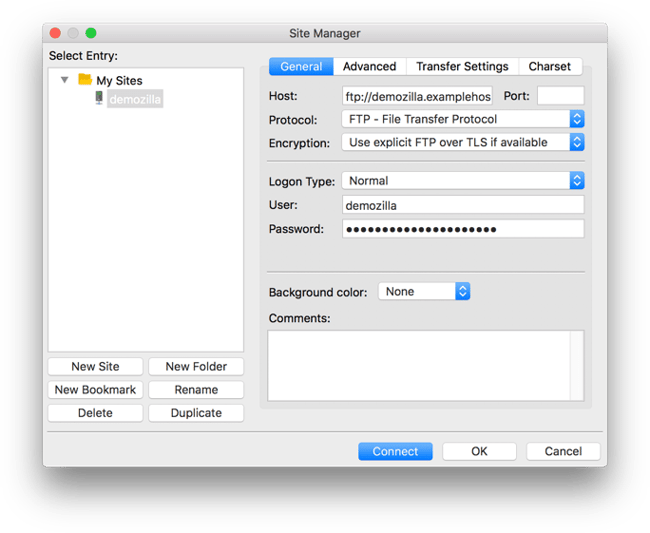

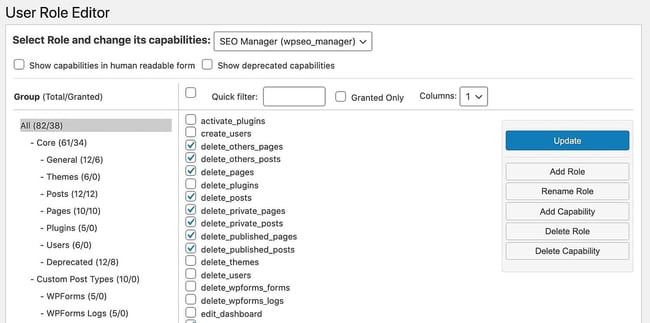
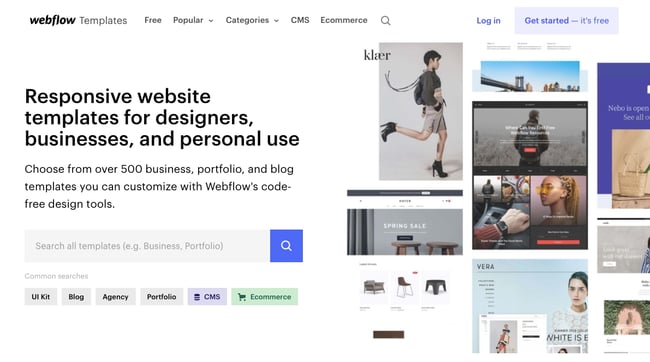
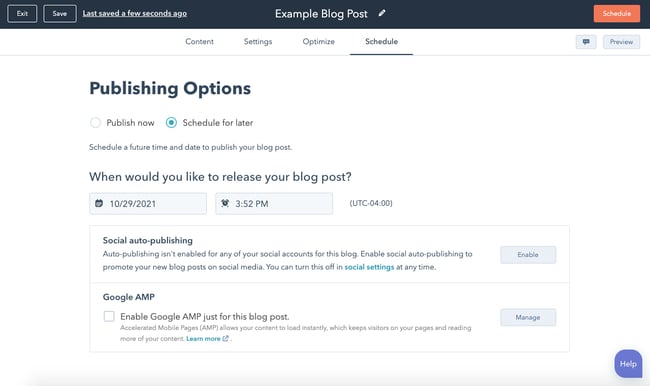

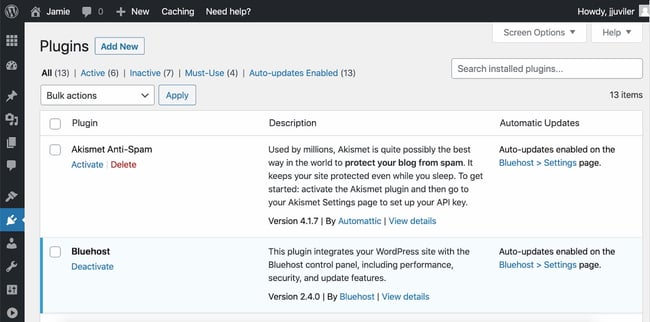
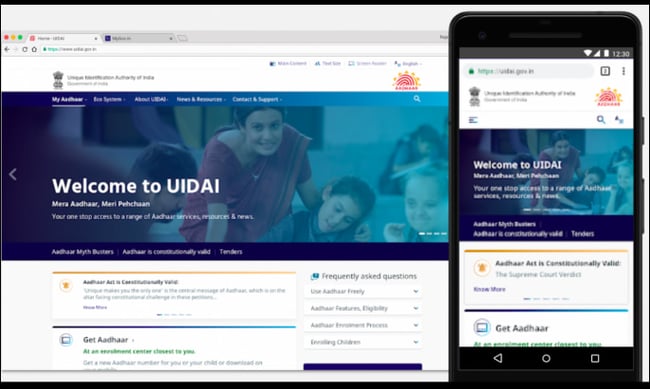
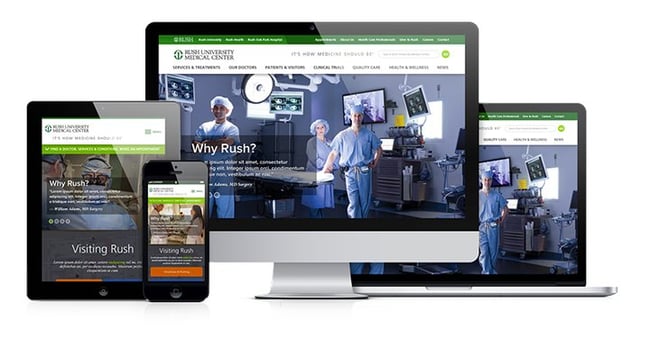
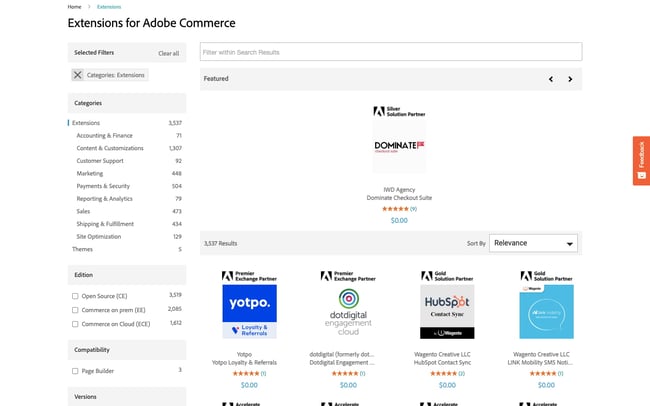
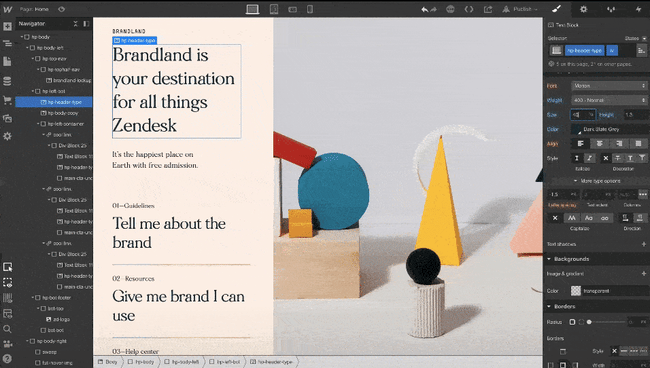
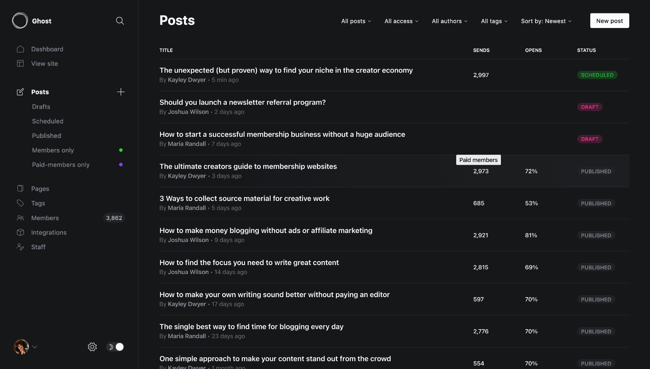
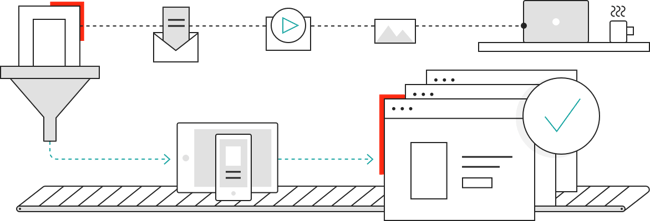

![Free Resource: Website Optimization Checklist [Download Now]](https://no-cache.hubspot.com/cta/default/53/00d9cc96-eff7-4cea-8ff3-583374c3dcd5.png)

